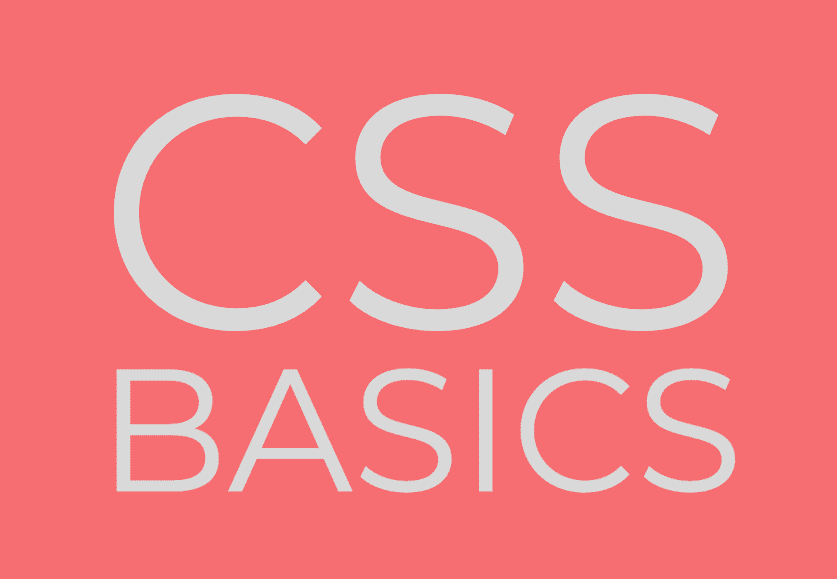Inherited: Yes
Font
The font property can set the style, weight, variant, size, line height and font:
font: italic bold normal small/1.4em Verdana, sans-serif;
The above would set the text of an element to an italic style a bold weight a normal variant a relative size a line height of 1.4em and the font to Verdana or another sans-serif typeface.
Font-Family
You can set what font will be displayed in an element with the font-family property.
There are 2 choices for values:
- family-name
- generic family
If you set a family name it is best to also add the generic family at the end. As this is a priortized list. So if the user does not have the specified font name it will use the same generic family. (see below)
font-family: Verdana, sans-serif;
Font Size
You can set the size of the text used in an element by using the font-size property.
font-size: value;
There are a lot of choices for values:
- xx-large
- x-large
- larger
- large
- medium
- small
- smaller
- x-small
- xx-small
- length
- % (percent)
There is quite a bit to learn about font sizes with CSS so, I am not even going to try to explain it. Actually there are already some great resources on how to size your text. (see below)
- What size text should I use in my css by Paul O’B
- Dive into accessibility – Font Sizes
Font Style
You can set the style of text in a element with the font-style property
font-style: value;
Possible values are
- normal
- itailc
- oblique
Font Variant
You can set the variant of text within an element with the font-variant property
font-variant: value;
Possible values are
- normal
- small-caps
Font Weight
You can control the weight of text in an element with the font-weight property:
font-weight: value;
Possible values are
- lighter
- normal
- 100
- 200
- 300
- 400
- 500
- 600
- 700
- 800
- 900
- bold
- bolder
